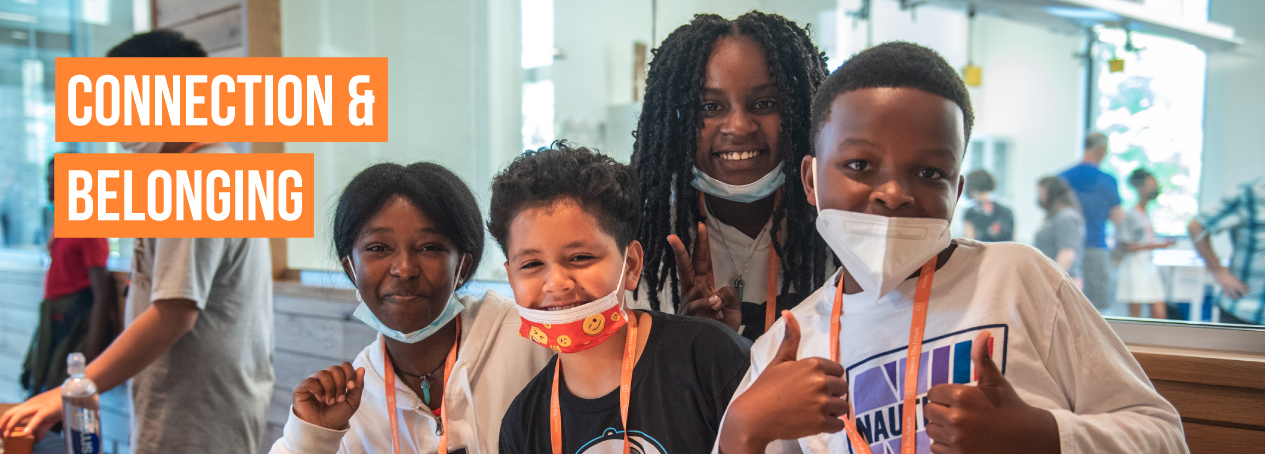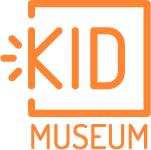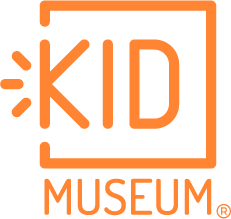
Sometimes in education we forget the simplest things.
As the middle schoolers in KID Museum’s fall-semester Invent the Future Challenge reflected on their experience, student after student shared what they enjoyed about the program with comments like this:
These students remind us that in our rush to support academic attainment, we sometimes overlook what is truly foundational to learning: a sense of connection and belonging.
Make no mistake, these students built skills, gained confidence, and saw themselves in STEM in ways that they had not previously. But they saw clearly what grounded that experience was a sense of connection – both to their peers and to the problems they sought to address.
While developing creative solutions to purify stormwater for drinking, deliver food to people experiencing homelessness, or rescue stray animals, these young makers saw STEM as a pathway to purpose – a way that they can make their mark on the world.
We know that there are several drivers to connection and belonging in learning:
- Relationships: Positive relationships with peers, teachers, and mentors can foster a sense of connection and belonging.
- Inclusion & Diversity: Learning environments that value and include a diverse range of perspectives and experiences can help all students feel like they belong.
- Relevance & Purpose: When students can see how what they are learning is relevant to their lives, they are more likely to feel connected to the material and their learning community.
- Autonomy & Agency: When students have a say in what they are learning and how they are learning it, they are more likely to feel a sense of ownership and connection to their education.
- Emotional Safety: Learning environments that are emotionally safe, where students feel comfortable expressing themselves and taking risks, can help foster a sense of belonging.
- Opportunities for Positive Social Interaction: Positive and supportive interactions, through collaborative projects or extracurricular activities, can help build a sense of community and belonging.
- Feedback & Recognition: Receiving meaningful and constructive feedback, as well as recognition for their efforts and contributions, can help students feel valued and connected to their learning community.
Creating learning opportunities that incorporate these factors helps students feel connected and valued, which in turn supports increased engagement, motivation, and academic achievement.
As we work to support youth to build skills for success, whether it’s at KID Museum or in school classrooms, we cannot lose sight of the fact that all learning takes place in the context of relationships – relationships with peers, with adults, and with the communities we see ourselves in.
No flashcards or tutorials can replace the value of learning alongside friends and family, and pursuing a problem that is personally meaningful. Particularly as we continue to recover from the effects of the pandemic, we need to support students so they have more opportunities for this kind of joyful, purposeful learning where they see themselves, and where they can thrive.

